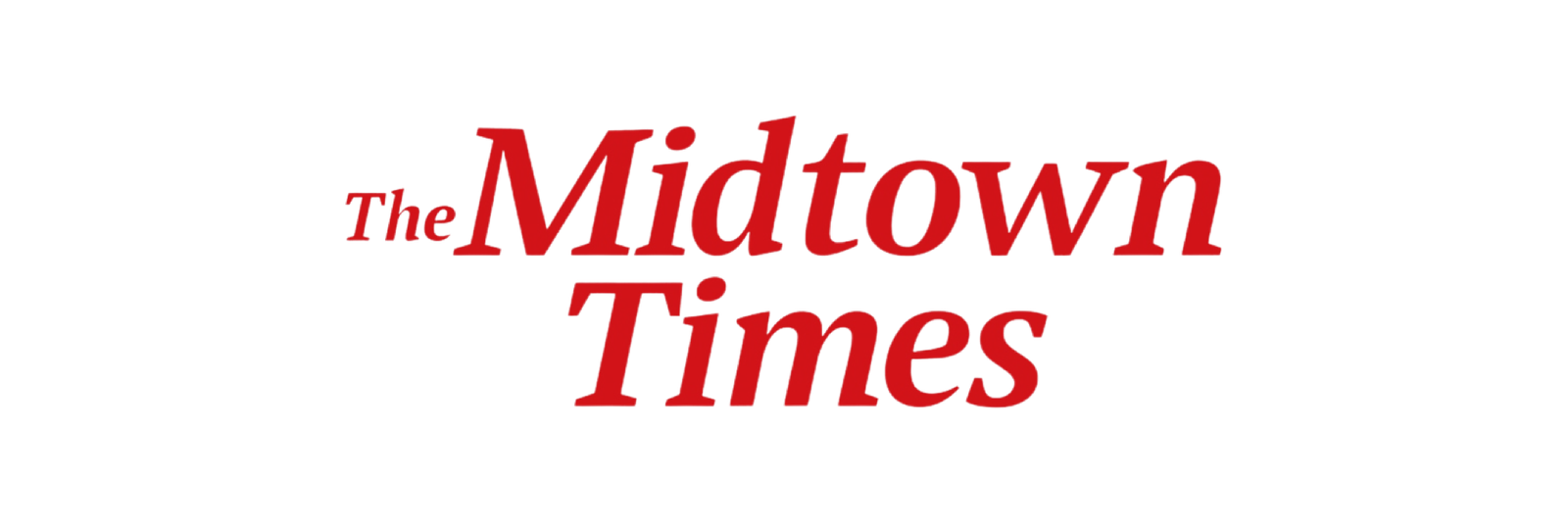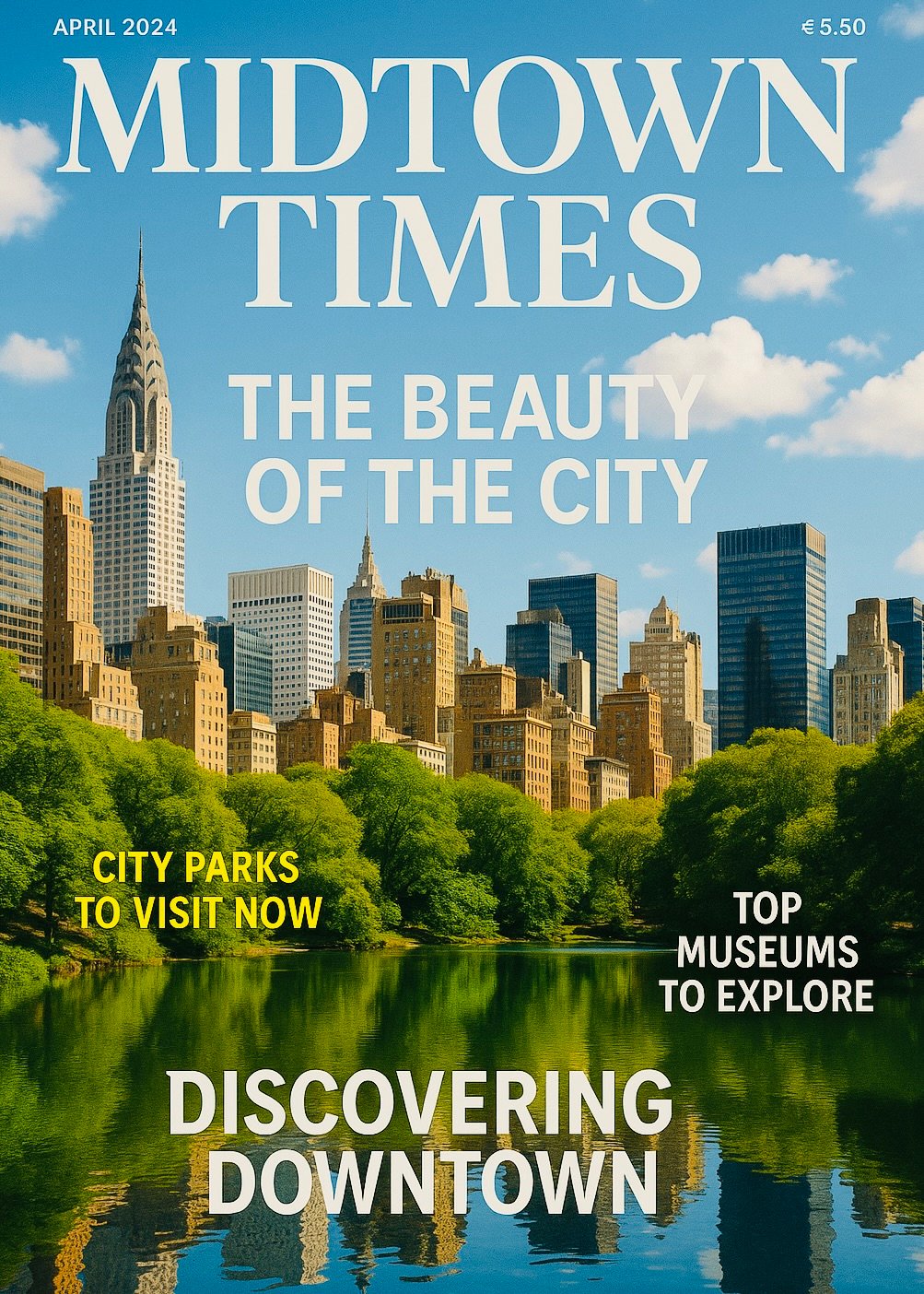Instagram has evolved far beyond a photo-sharing app—it’s now a global marketing powerhouse with over 2 billion monthly active users. For businesses, it offers an unparalleled platform to showcase products, connect with customers, and build a brand identity. Whether you’re a small boutique or a global enterprise, mastering Instagram marketing can significantly boost your visibility and sales.
1. Understand Your Audience
Before posting a single photo, define who you’re trying to reach. Analyze your existing customers, research competitors’ followers, and use Instagram Insights to identify demographics such as age, location, and interests. The more clearly you understand your audience, the easier it will be to create content that resonates.
2. Optimize Your Profile
Your Instagram profile is your storefront. Ensure it is complete, clear, and engaging:
- Profile Picture: Use your logo or a high-quality image that represents your brand.
- Bio: State who you are, what you do, and why someone should follow you—include a call-to-action (CTA).
- Link in Bio: Use a trackable link to direct followers to your website, store, or landing page.
3. Develop a Content Strategy
A well-planned content strategy helps maintain consistency and build trust.
- Content Mix: Combine product shots, behind-the-scenes content, user-generated posts, and educational material.
- Brand Aesthetic: Choose a consistent color palette, filters, and style to make your feed visually cohesive.
- Posting Frequency: Aim for 3–5 posts per week, supplemented by Stories and Reels for higher engagement.
4. Leverage Instagram Stories and Reels
Stories allow for more casual, ephemeral content, while Reels can boost reach through Instagram’s algorithm. Use them to:
- Announce sales or new product launches.
- Offer tutorials and tips.
- Share behind-the-scenes moments.
- Run polls, quizzes, and question boxes to increase interaction.
5. Use Hashtags and Geotags Strategically
Hashtags make your content discoverable. Use a mix of:
- Branded Hashtags: Unique to your business, encouraging followers to tag their posts.
- Industry Hashtags: Relevant to your niche.
- Trending Hashtags: When appropriate, to join larger conversations.
Geotags can attract local customers and improve post visibility in location-based searches.
6. Partner with Influencers and Creators
Collaborating with influencers—whether they have 1,000 or 1 million followers—can amplify your reach. Choose partners whose audience aligns with your brand values and who produce authentic, high-quality content.
7. Engage With Your Audience
Marketing on Instagram isn’t one-way communication. Respond to comments, answer direct messages, and like or comment on followers’ posts. This interaction fosters loyalty and encourages repeat engagement.
8. Utilize Instagram Shopping Features
Set up Instagram Shopping to tag products directly in posts and Stories. This shortens the path from discovery to purchase, making it easier for customers to buy what they see.
9. Analyze and Adjust
Regularly review Instagram Insights to track performance. Metrics like engagement rate, reach, impressions, and click-throughs can reveal what’s working and what needs improvement. Use this data to refine your strategy over time.
10. Run Paid Campaigns
Instagram Ads can target users based on demographics, behaviors, and interests. Experiment with formats—carousel ads, Stories ads, and shoppable posts—to determine which yields the best return on investment.
Final Thoughts
Instagram is one of the most dynamic tools in the digital marketing toolkit. By blending strategic content creation with active engagement, data analysis, and smart use of features, you can transform your profile into a powerful growth engine for your business. Consistency, authenticity, and creativity are the keys to standing out in the crowded Instagram marketplace.


